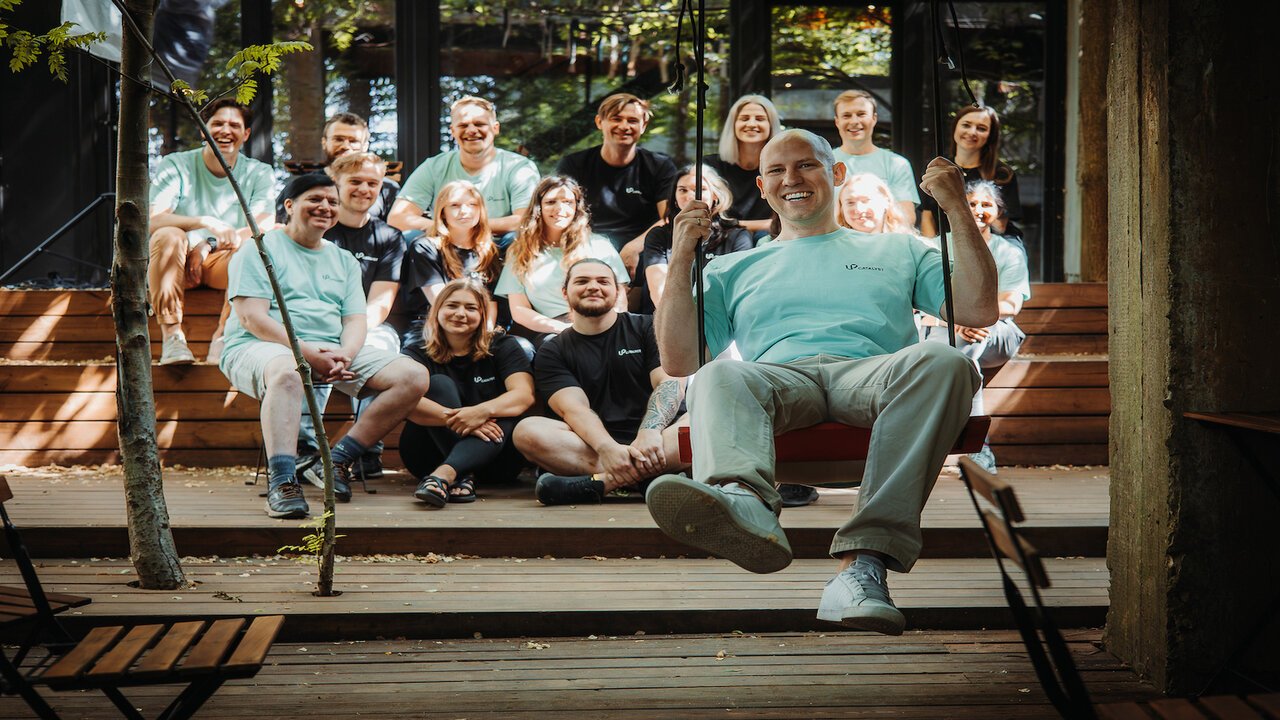Today UP Catalyst, an Estonian pioneer in sustainable carbon material production, successfully closed a €4 million Seed investment round.
The company has developed the world's first scalable solution that extracts graphite from CO2 gases. Graphite is a critical raw material that has become central to e-mobility as a crucial ingredient in batteries.
This is a huge shift in the raw materials landscape, particularly for European battery manufacturers, by offering a homegrown, sustainable source of critical raw materials.
Crucially, the funding took place amidst China's announcement of graphite export curbs, increasing urgency in the quest for local battery raw material alternatives. Europe currently depends on graphite imports for 99 percent of its supply.
However, the global demand for graphite is expected to outstrip supply, creating an estimated 700,000-ton annual deficit by 2030.
Berlin-based climate tech VC fund Extantia led the round and supported by Estonia's state fund SmartCap, along with the continued participation of existing investors Sunly, Little Green Fund, Scottish Baltic Invest and UniTartu Ventures.
According to Gary Urb, CEO of UP Catalyst:
"We are thrilled to have secured this funding, bringing us one step closer to empowering 4 million car batteries with graphite sourced from CO2 emissions by 2030. This carbon supply can cover approximately 20% of Europe's EV battery market's yearly carbon needs."
Yair Reem, Partner at Extantia, shared:
"UP Catalyst is redefining the conventional approach to graphite production by eliminating environmentally detrimental fossil fuel methods.
We perceive China's export restrictions not as a barrier but as a catalyst for European green innovation. UP Catalyst stands at the forefront, ready to deliver a dependable, price-competitive and sustainable solution to address the growing global demand for battery manufacturing."
UP Catalyst is positioned to become a transformative force in the European battery landscape. By replacing fossil-based graphite with UP Catalyst green graphite, the battery anodes will become CO2-negative. This shift could contribute to avoiding 118.7 megatons of CO2 emissions annually by the year 2030, marking a substantial environmental impact.
With the funding, the company will build an industrial pilot reactor capable of processing 100 tons of CO2 annually and producing 27 tons of carbon materials, making UP Catalyst the world's largest provider of green graphite.
Lead image: UP Catalyst team. Photo: Uncredited.



Would you like to write the first comment?
Login to post comments